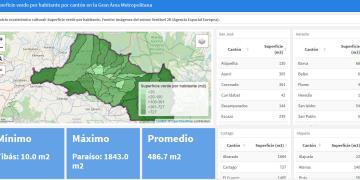Capacity building for the implementation of sustainable productive projects in forest landscapes.
Technical, financial and administrative support
Gender and social inclusion strategy to reduce gaps in financing community productive projects
Participatory monitoring and evaluation for the management of community production projects
Social and environmental safeguards
